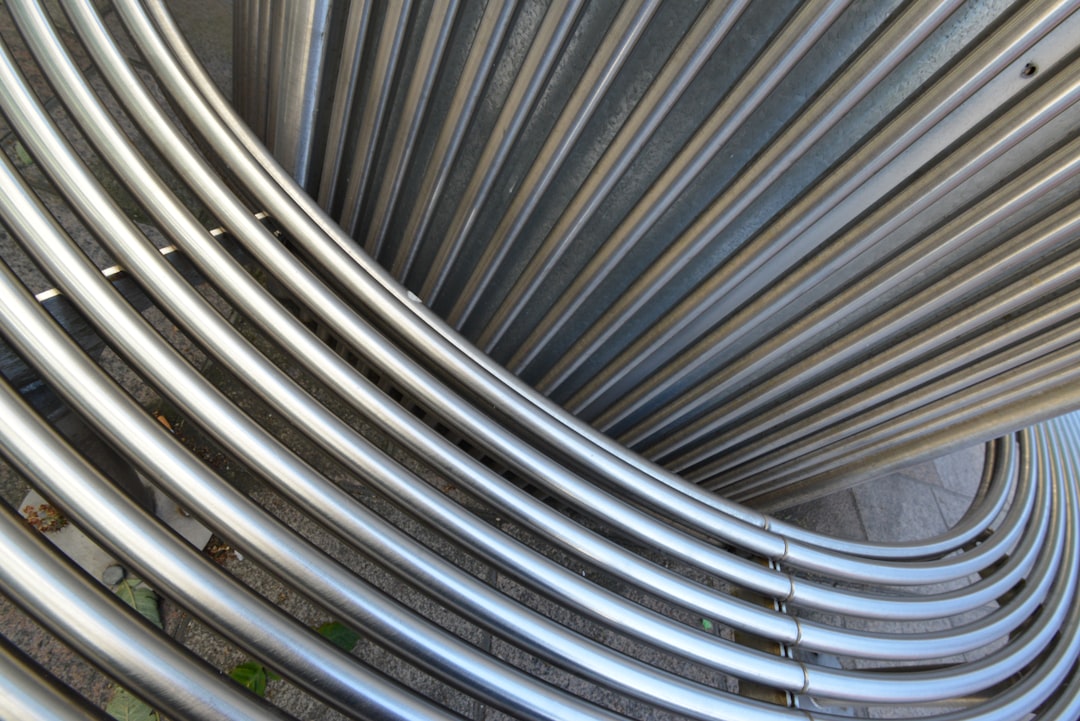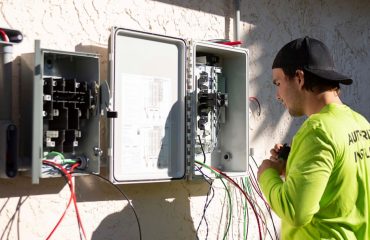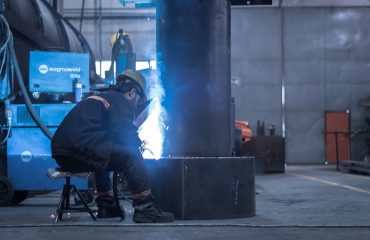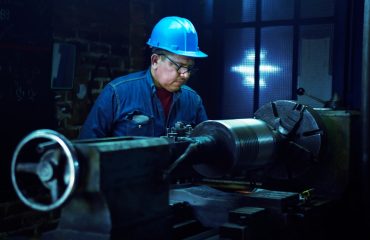The steel industry, a cornerstone of modern infrastructure, has historically been a significant contributor to greenhouse gas emissions. However, a paradigm shift is underway, driven by the urgent need for sustainable practices. This blog post delves into the exciting advancements in eco-friendly steel manufacturing, exploring innovative technologies and strategies that are paving the way for a greener future.
1. The Environmental Footprint of Traditional Steelmaking: Understanding the Challenge
Traditional steel production, primarily using the blast furnace-basic oxygen furnace (BF-BOF) route, is an energy-intensive process. It relies heavily on coking coal, a fossil fuel responsible for significant CO2 emissions. The process also generates substantial amounts of other pollutants, including particulate matter, nitrogen oxides, and sulfur dioxide. These emissions contribute to air and water pollution, impacting human health and the environment. Furthermore, the extraction of iron ore itself has environmental consequences, including habitat destruction and water contamination. Understanding the scale of this environmental impact is crucial for developing effective solutions.
The carbon footprint of steel production is substantial, accounting for approximately 7% of global greenhouse gas emissions. This necessitates a fundamental rethink of the entire steelmaking process, from raw material sourcing to final product delivery. The challenge lies in balancing the need for high-quality steel with the imperative to minimize its environmental footprint.
2. Emerging Technologies: Hydrogen-Based Steelmaking and Carbon Capture
The quest for eco-friendly steel production is leading to the exploration and implementation of innovative technologies. One of the most promising is hydrogen-based steelmaking. Unlike traditional methods that rely on coking coal, this approach utilizes hydrogen as a reducing agent in the iron ore reduction process. Hydrogen, when produced from renewable sources like solar or wind power, offers a carbon-neutral alternative, drastically reducing CO2 emissions. Several pilot projects are underway, demonstrating the feasibility of this technology, though scalability and cost-effectiveness remain key challenges.
Another crucial technology is carbon capture, utilization, and storage (CCUS). This involves capturing CO2 emissions from steel plants and either storing them underground or utilizing them in other industrial processes. While CCUS is not a complete solution on its own, it can significantly mitigate emissions from existing steel plants until hydrogen-based steelmaking becomes fully viable. The development and deployment of efficient and cost-effective CCUS technologies are essential for achieving significant emission reductions in the near term.
3. Sustainable Raw Material Sourcing: Minimizing Environmental Impact Upstream
The environmental impact of steel production begins long before the steelmaking process itself. Sustainable raw material sourcing is crucial for minimizing the overall footprint. This involves responsible iron ore mining practices that minimize habitat destruction and water pollution. It also includes exploring alternative raw materials, such as recycled steel scrap, which significantly reduces the need for virgin iron ore and energy consumption. The use of recycled steel is a highly effective strategy for reducing the environmental burden of steel production, offering a readily available and environmentally friendly alternative to primary steelmaking.
Furthermore, sustainable forestry practices are necessary to ensure a responsible supply of biomass for energy production in steelmaking, where it can be used as a supplementary fuel source, reducing reliance on fossil fuels.
4. Energy Efficiency Improvements: Optimizing the Steelmaking Process
Optimizing the energy efficiency of the steelmaking process is another key aspect of eco-friendly steel production. This involves implementing advanced process control technologies, improving furnace design, and utilizing waste heat recovery systems. These measures can significantly reduce energy consumption and associated emissions. Investing in more energy-efficient equipment and technologies can significantly contribute to lowering the overall carbon footprint of steel production. This also includes exploring alternative energy sources for powering steel plants, such as renewable energy sources like solar and wind power.
5. The Future of Green Steel: Collaboration and Innovation
The transition to eco-friendly steel manufacturing requires a collaborative effort involving steel producers, researchers, policymakers, and consumers. Investment in research and development is crucial for further advancing hydrogen-based steelmaking, CCUS technologies, and other innovative solutions. Government policies and regulations play a vital role in incentivizing the adoption of sustainable practices and phasing out polluting technologies. Consumer demand for sustainably produced steel will also drive the market towards greener options.
The future of green steel hinges on a combination of technological innovation, policy support, and a commitment to sustainable practices across the entire value chain. By embracing these changes, the steel industry can play a significant role in mitigating climate change and building a more sustainable future.
Tags: Green Steel, Sustainable Steel, Eco-friendly Steel Manufacturing, Hydrogen Steelmaking, Carbon Capture Steel




